Wool has been used as a material for millennia, prized for its warmth, durability, and versatility. What started as a natural byproduct that would fall off from sheep, the modern wool industry raises significant ethical and environmental concerns. These issues challenge us to reconsider the role of wool in our lives and explore more humane alternatives. Drawing from Jewish tradition, we can frame our approach to clothing choices within the context of values such as compassion, environmental stewardship, and ethical living.
Ethical concerns in the wool industry
While it may sound obvious, it is important to remember that wool comes from sheep. Wool is a commodity used to create other products, yet the animals from which the wool comes are not commodities; they are sentient living beings. Over 1.2 billion sheep around the world are farmed each year for their meat and wool products. These sheep have been selectively bred over thousands of years to produce as much wool as possible, now relying on humans to shear the wool to maintain a decent quality of life. Ancient breeds of sheep would occasionally lose their wool due to natural factors, such as getting caught on a thorny bush, yet modern breeds are sheared each year, producing around 4.5kg of wool each.
Due to this selective breeding, farmed sheep are prone to flystrike, a parasitic infection due to feces sticking to the wool around the sheep’s bottom. Instead of switching to less productive breeds, farmers cut off the sheep’s skin around their tail, which is prone to flystrike in a process known as ‘muelsling’, all without administering any painkillers to the sheep. Sadly, many sheep that have undergone muelsling still suffer from flystrike due to poor welfare and living conditions.
Each year, the sheep undergo the painful and traumatic experience of shearing. As is often the case in factory farming, workers are paid based on volume rather than by the hour. This results in workers rushing to shear as many sheep as fast as possible, leading them to injure the sheep with the sharp shears. Injuries include ripped skin, tails, ears, or teats, which are either left untreated or are rudimentarily sewn shut using a thread and needle by the workers, again without any painkillers.
Investigations in the US and Australia have found that the workers often abuse the sheep, such as punching or kicking them, hitting them in the face, standing on their necks, beating them with metal tools, breaking their necks by hand, or in one case, using a sheep’s body to wipe its urine from the floor. While these abuses are shocking, they are not surprising, as around 25% of wool produced in countries with third-party welfare standards fails to meet the welfare criteria, raising serious concerns for those sheep not in the welfare schemes, as well as for sheep in countries without developed welfare standards.
Despite Judaism permitting people to wear wool, as long as it does not break Shatnez (mixing wool with linen), the modern wool industry is far removed from how people would have acquired wool when the Torah was first given to Moses. In order to understand whether Judaism would permit wool that comes from factory farming, we must look at other teachings to see if modern wool production abides by these principles.
Tzaar Baalei Chayim prohibits causing pain or suffering to animals, teaching us that we must be compassionate to other animals. Due to the rampant abuses in the wool industry, it is clear that the industry transgresses the teachings of Tzaar Baalei Chayim and, therefore, would not be permitted by Judaism.
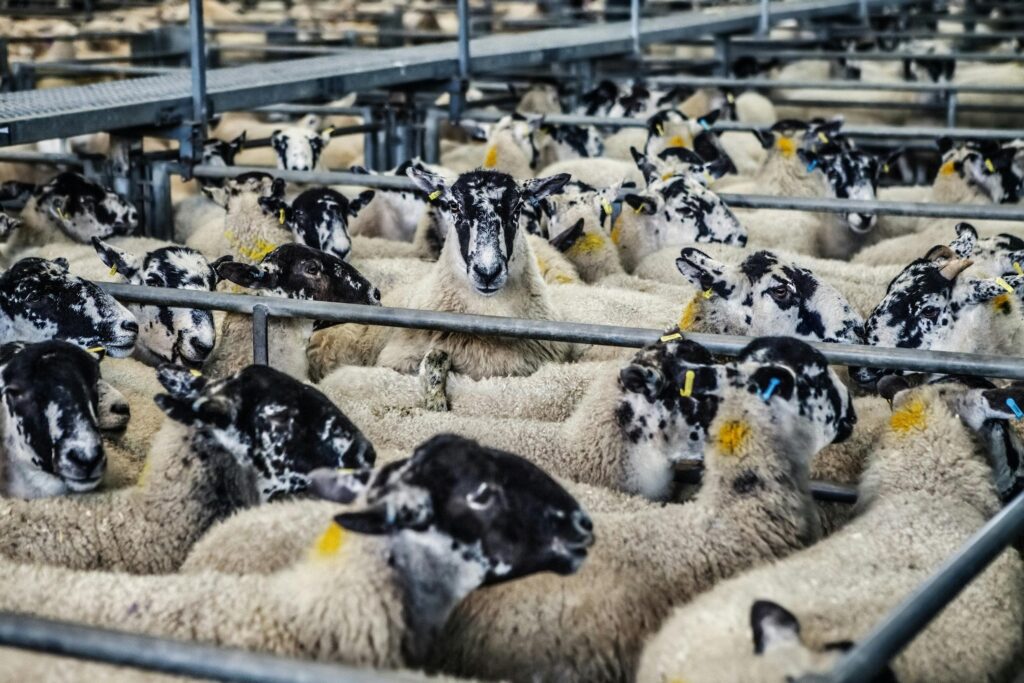
Environmental impacts of the wool industry
Sheep are ruminant animals, meaning that they chew the cud. Due to their digestive system, they release a lot of methane—a powerful greenhouse gas with up to 84x more global warming potential than carbon dioxide. Global warming is creating catastrophic climate change, threatening people and wildlife worldwide and causing species extinction and climate-related migration due to drought, flooding, or sea level rise. Wool clothing is responsible for 27x more greenhouse gas emissions than a comparable cotton version, forcing us to consider whether we should stop wearing wool to help mitigate climate change.
Moreover, sheep require lots of land to graze for food, or in some cases, forest is cut down to export feed crops for sheep kept indoors. This deforestation tends to happen in some of the most biodiverse places on earth, contributing to species extinction. In cases where the sheep graze on pasture, it can cause catastrophic effects on local wildlife and has damaged and disrupted local habitats due to overgrazing or pollution from their manure. Wool requires 247x more land than cotton, so we can see that wool production clearly contrasts with the Jewish prohibition on causing waste, known as Bal Tashchit.
Human rights issues in the wool industry
There have been many documented cases of human rights abuses in the wool industry. Sheep shearers are at least 6x more likely to be seriously injured than the average worker, explained by the fact that they are paid by output, handle sharp equipment, work with living animals that struggle to escape due to fear and pain, and use illegal drugs to help them work. In fact, some shearing contractors have been found to pay their workers with drugs instead of money, a clear violation of morality. Shearers have been found working in woolsheds without toilets, running water, and with outdated and dangerous equipment.
Judaism prohibits the exploitation of workers in Deuteronomy 24:14:
“You shall not abuse a needy and destitute laborer, whether a fellow Israelite or a stranger in one of the communities of your land.”
We can, therefore, see that Judaism would not support the modern wool industry.
Wear it right
While wool is associated with a range of issues, there are fortunately a variety of humane and sustainable fabrics available to replace wool in clothing and textiles:
Plant-Based Options
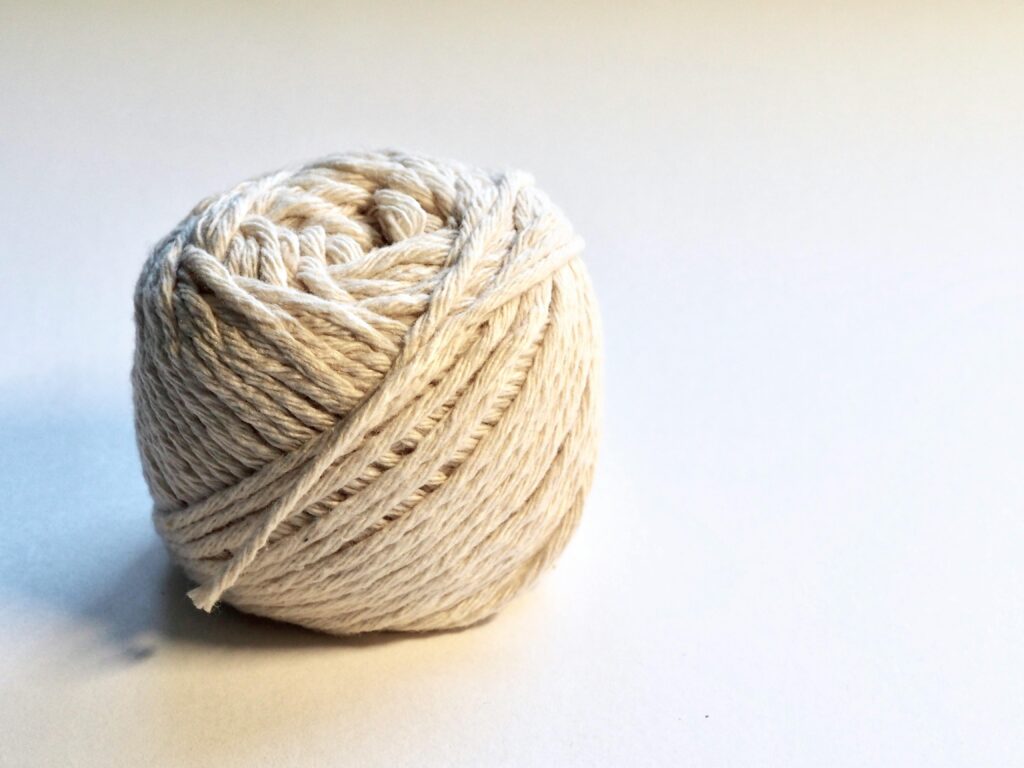
- Cotton: A widely available, soft, and breathable fabric. Organic cotton, in particular, reduces environmental impact and supports sustainable farming practices.
- Hemp: Durable and environmentally friendly, hemp is an excellent alternative for many applications traditionally served by wool.
Synthetic Alternatives
- Polyester and Nylon: These fabrics are lightweight, durable, and versatile. Recycled versions are now widely available, reducing the environmental footprint of their production.
- Rayon: Made from cellulose fibers, rayon is another cruelty-free alternative that can mimic the texture of wool.
Innovative Fabrics
- Bamboo: Bamboo-based textiles are soft, sustainable, and increasingly popular as an eco-friendly option.
- Lab-Grown or Vegan Wool: Emerging technologies are creating lab-grown textiles that replicate the properties of wool without harming animals.
Conclusion
Despite there being no explicit prohibition against wearing wool in the Tenach, we should examine how the modern wool industry aligns with Jewish teachings and commandments. When we do this, it quickly becomes clear that the animal and human rights abuse, as well as the environmental destruction associated with wool production, make it an unfit material to use to stay within the teachings of Judaism. In our modern society, there are many materials that can replace wool in clothing and textiles, so we have a duty to Hashem, the sheep, and our planet to stop wearing wool from today onwards.
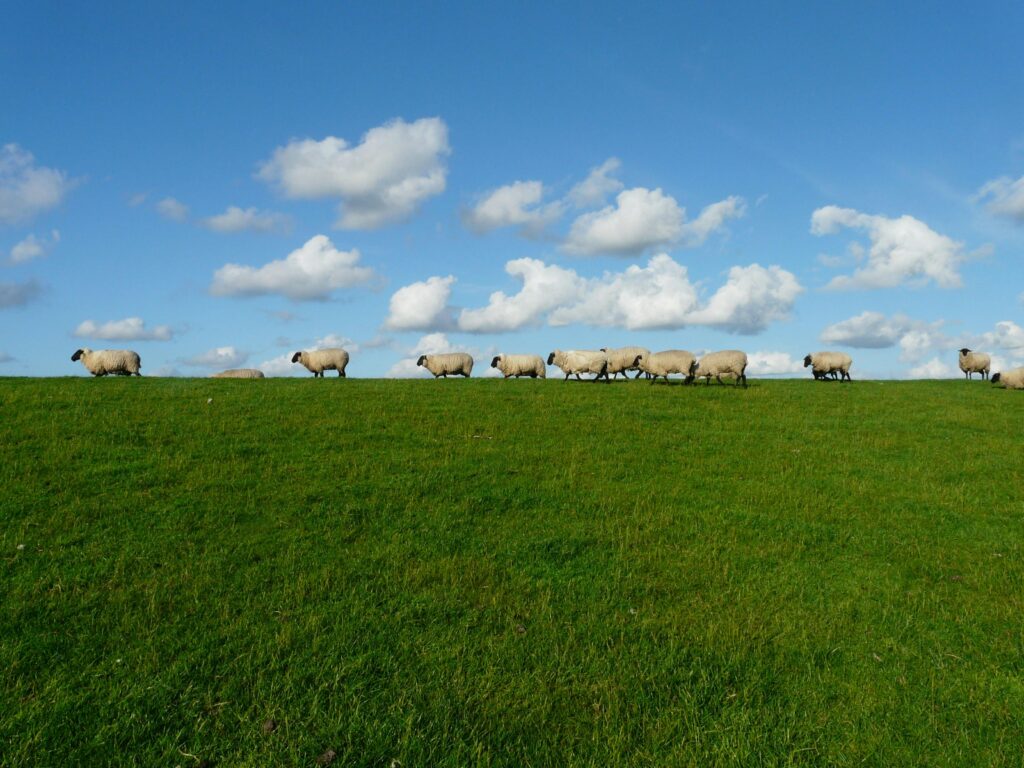
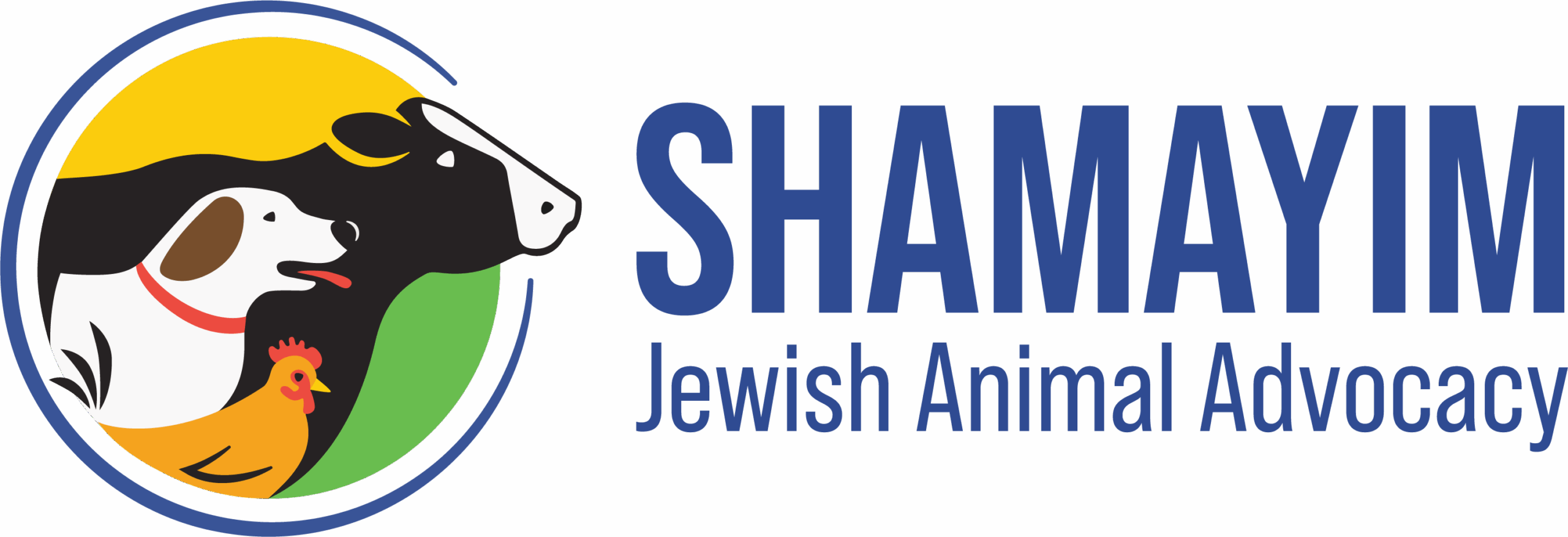
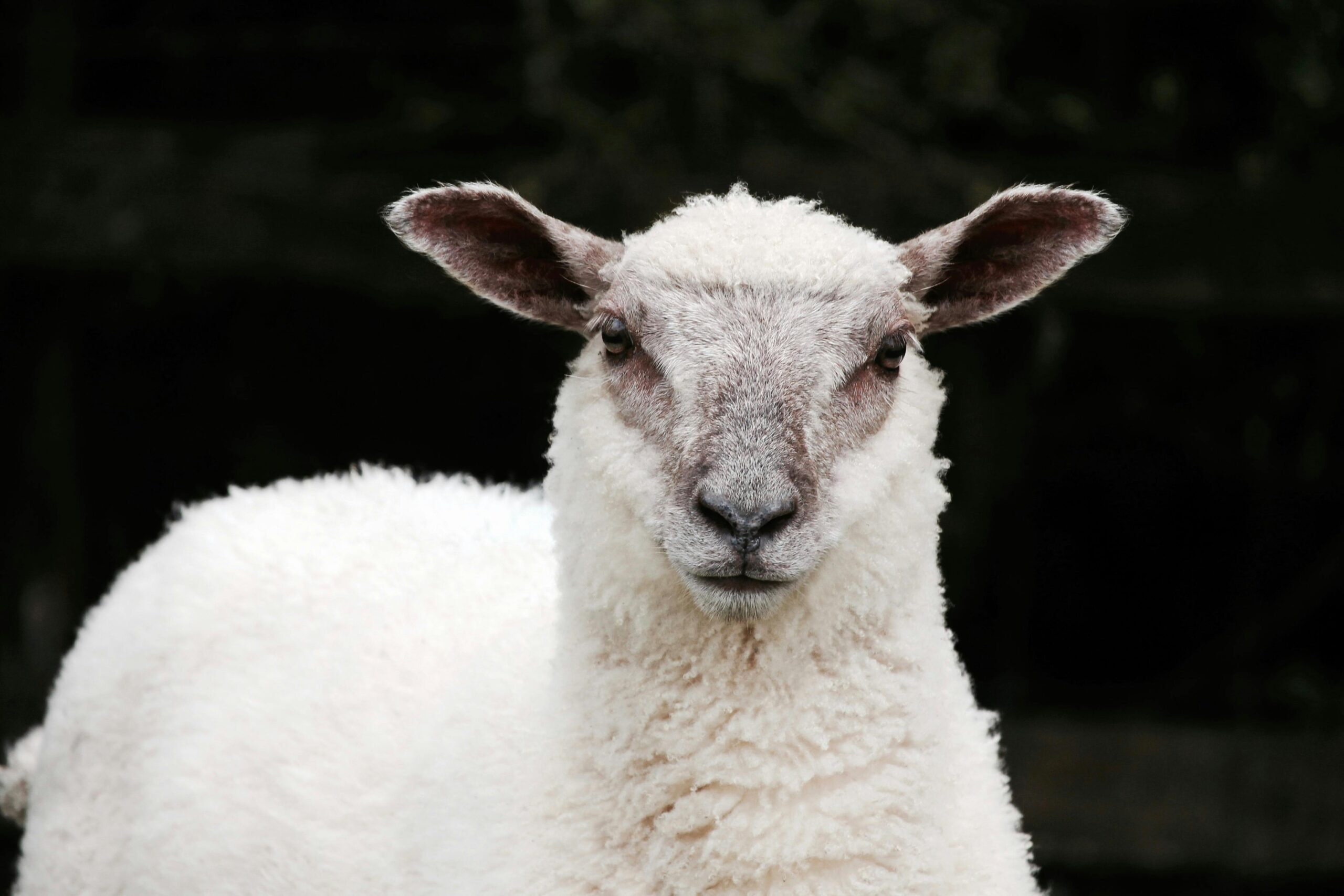



Leave a Reply